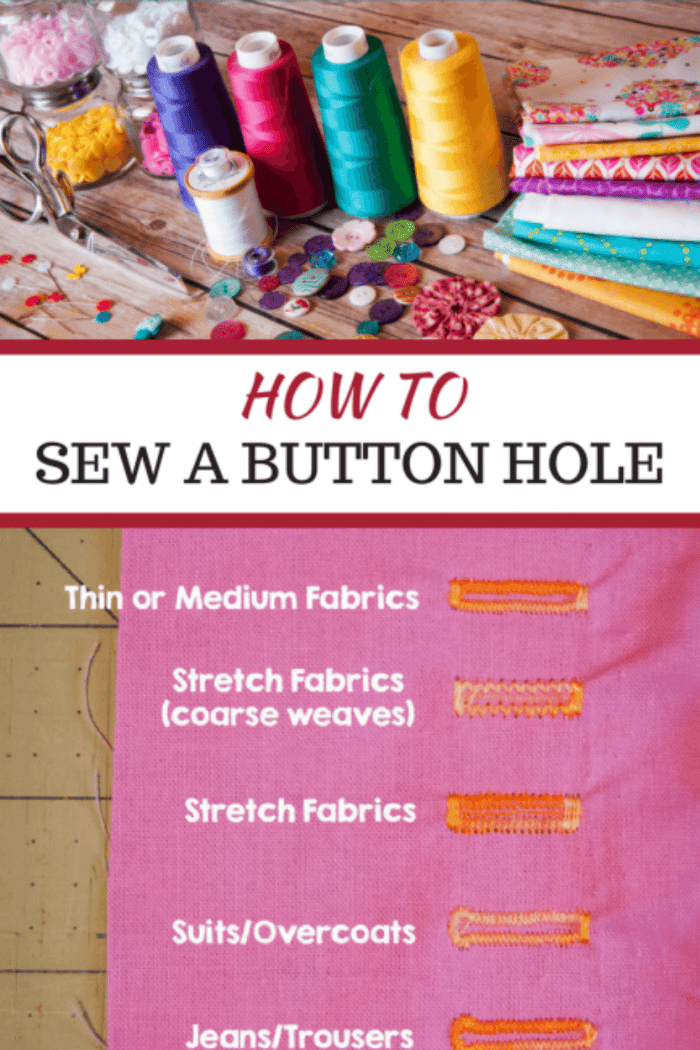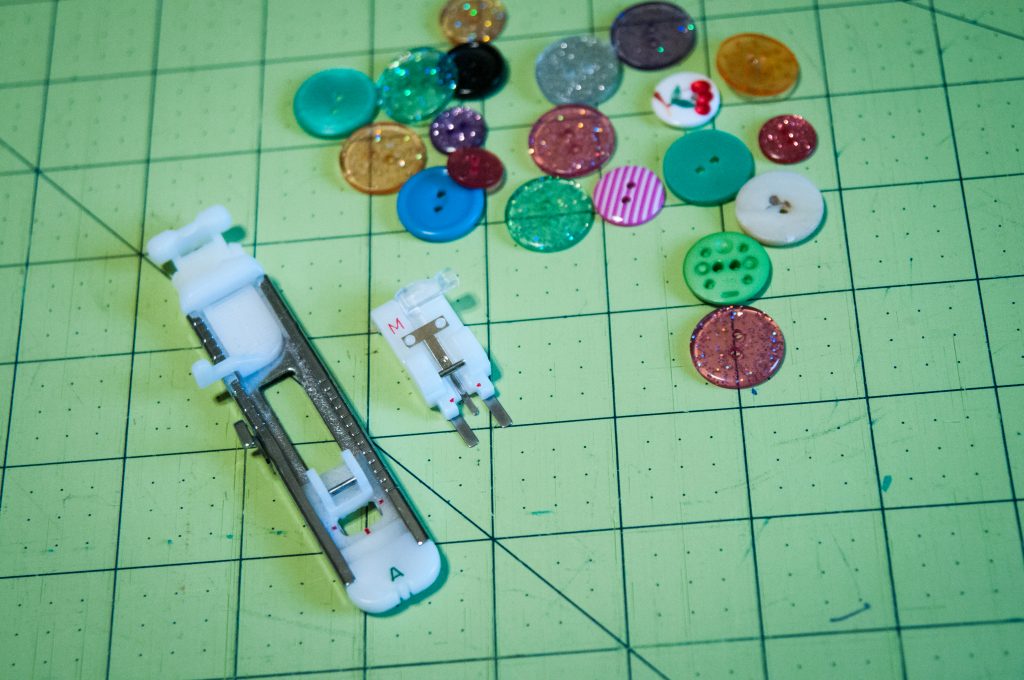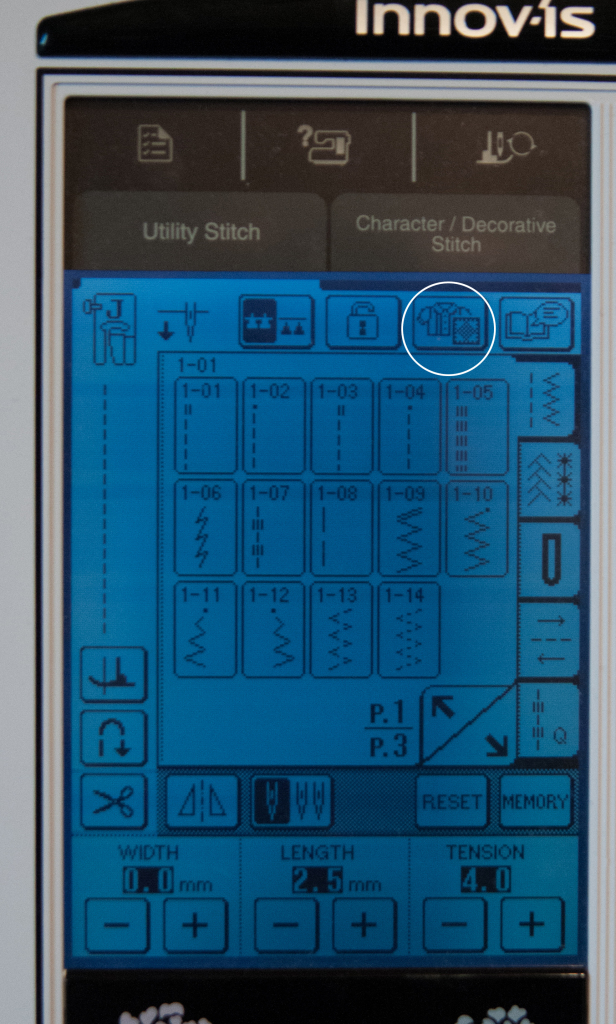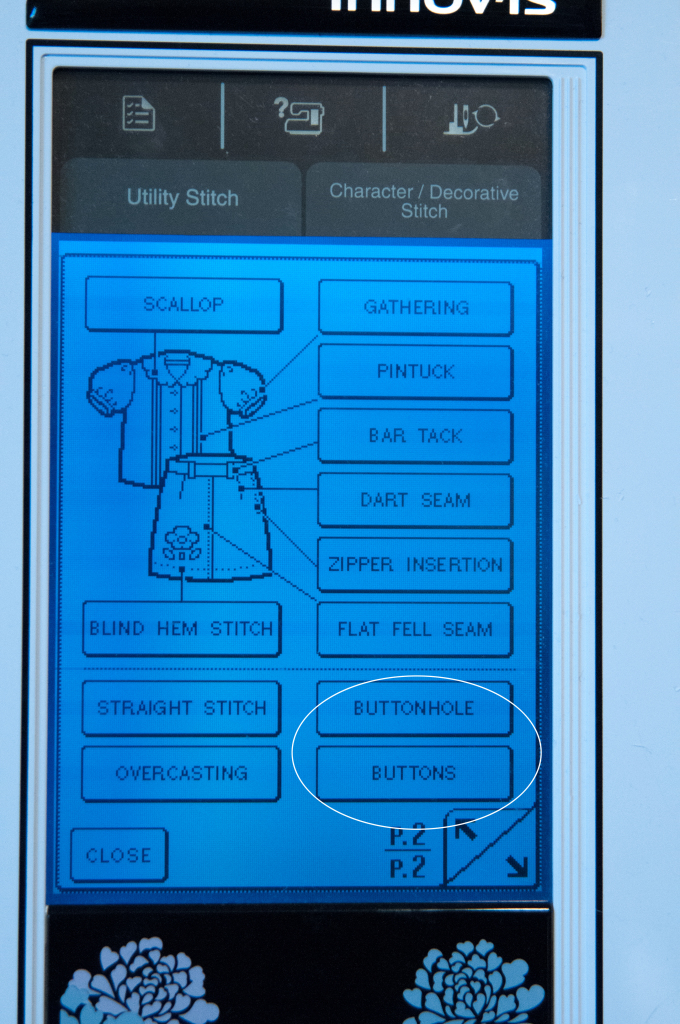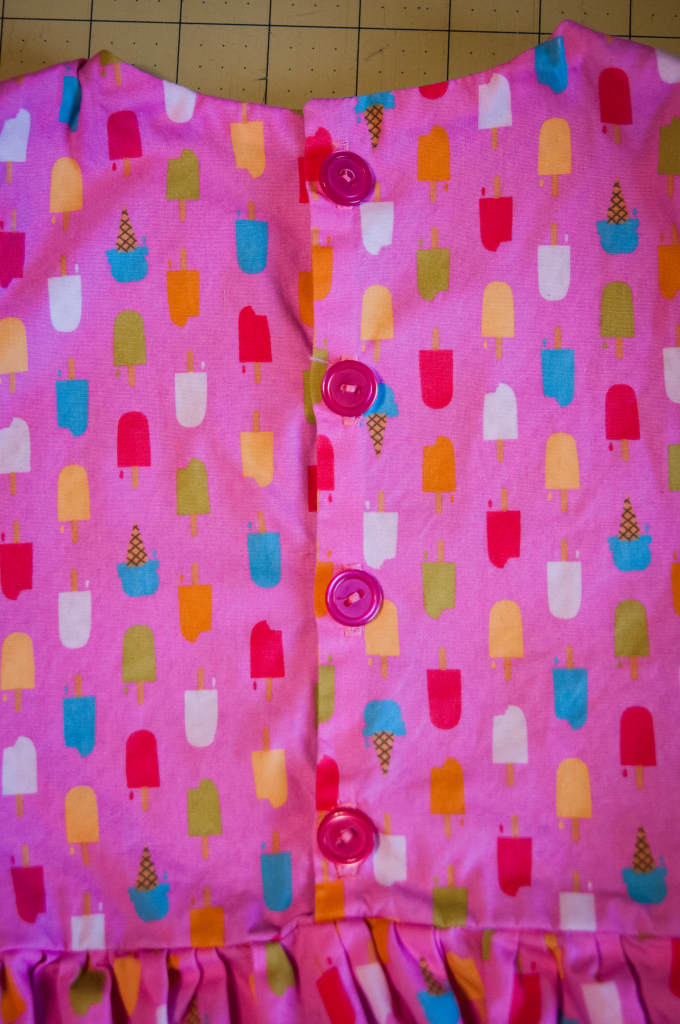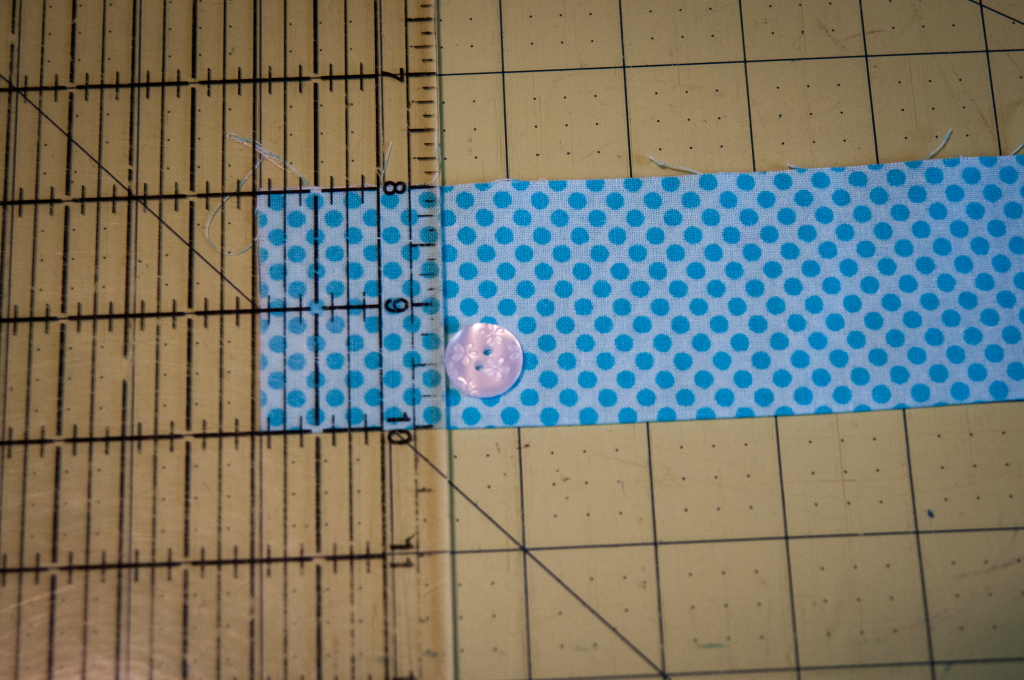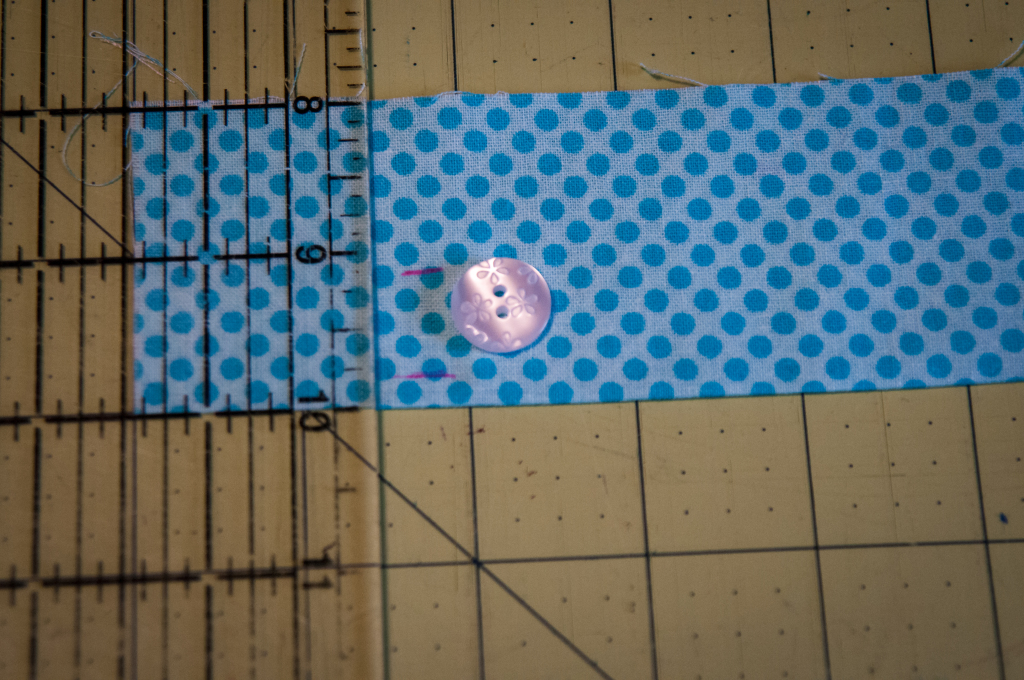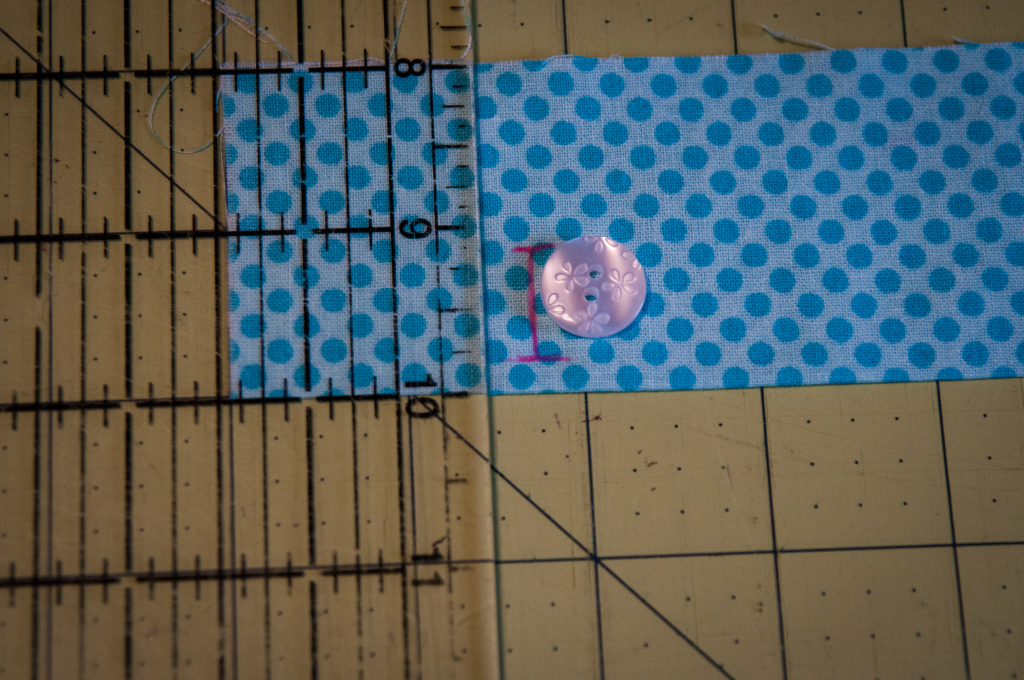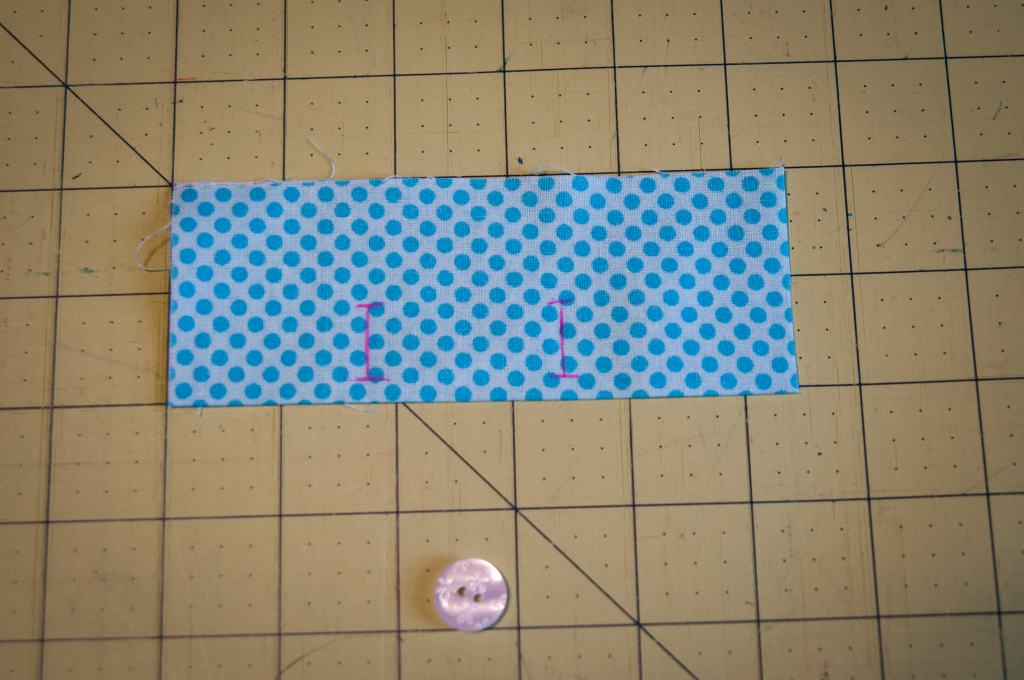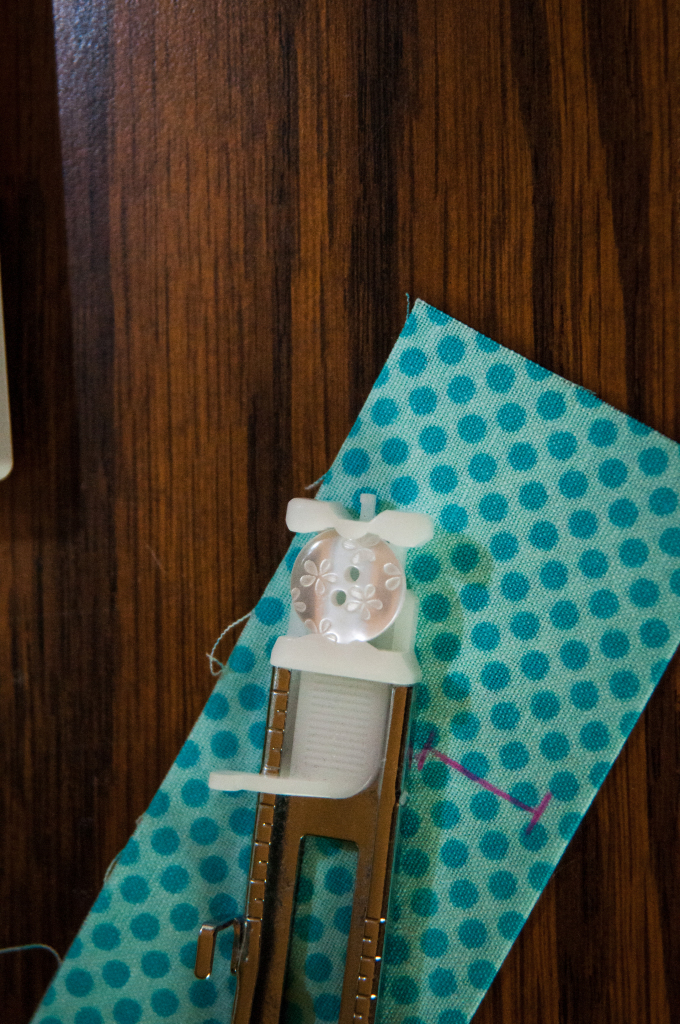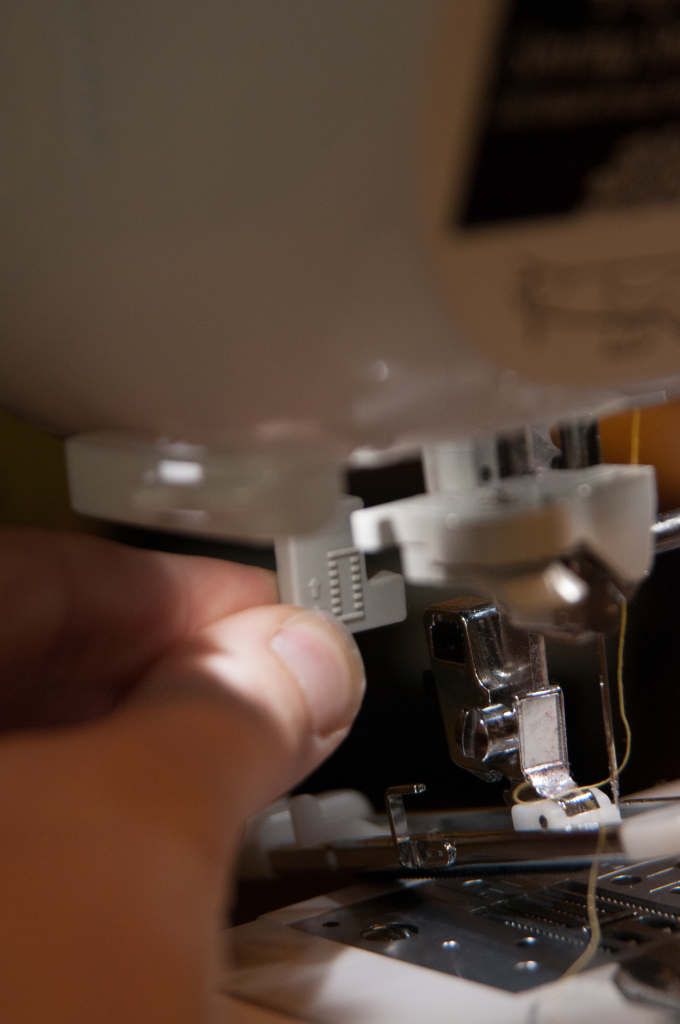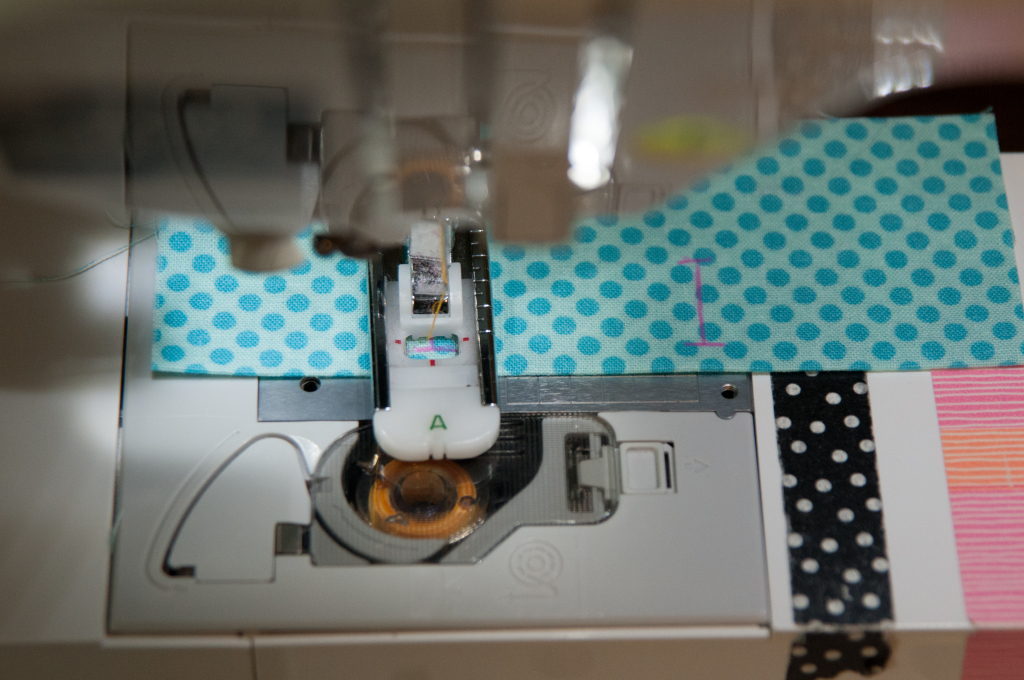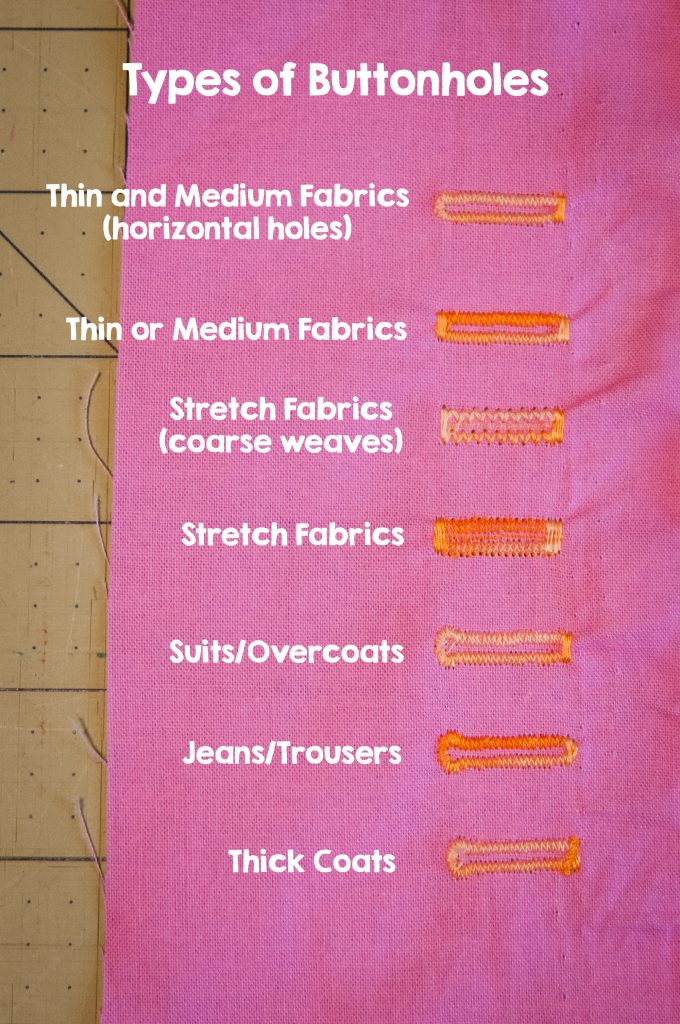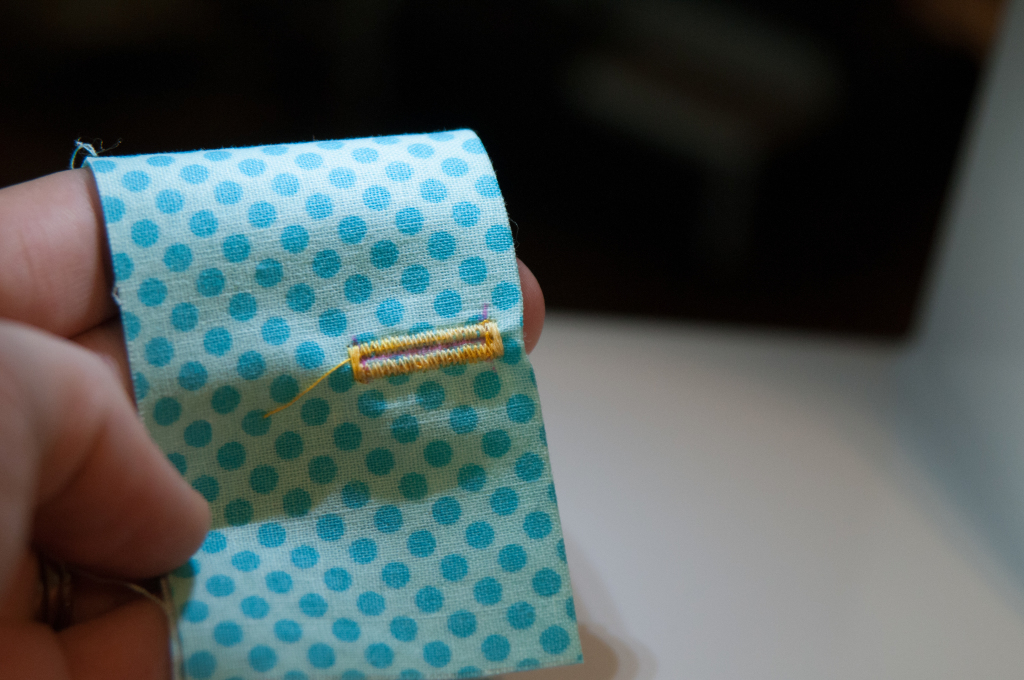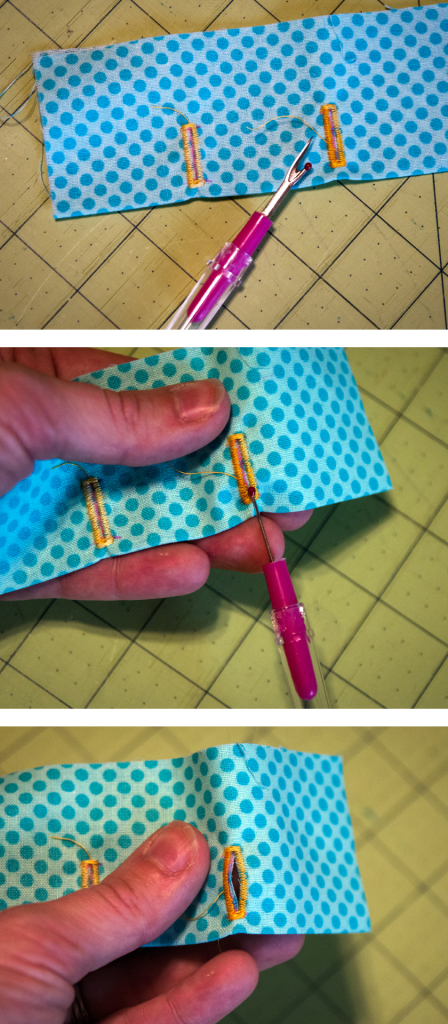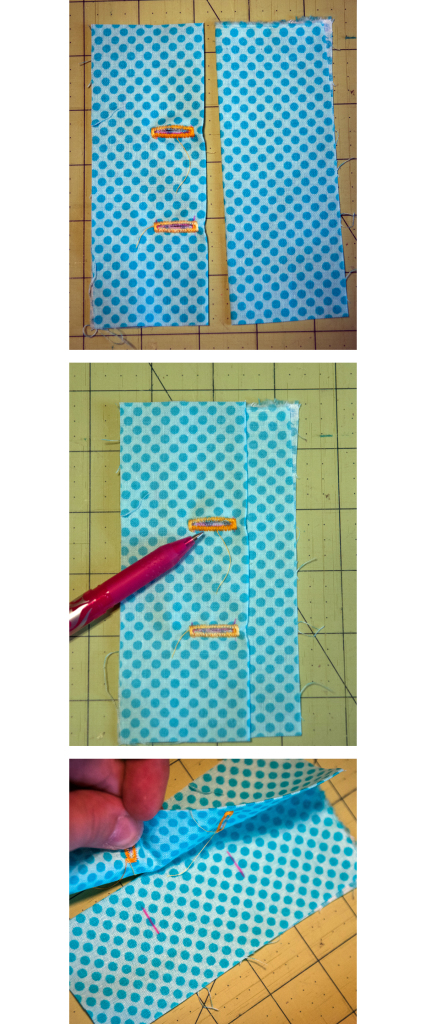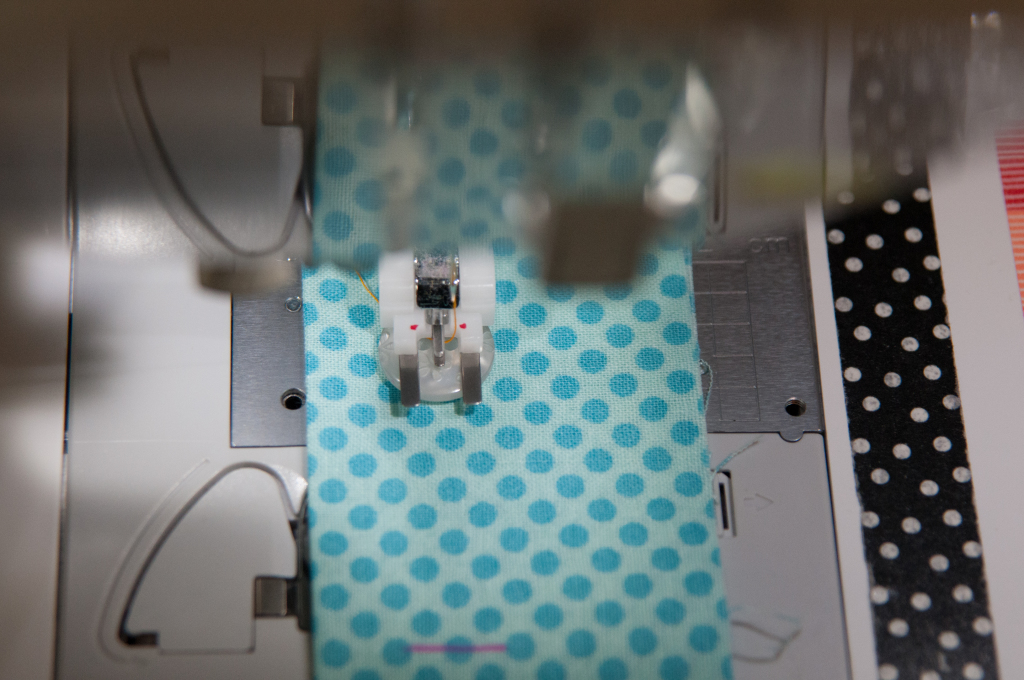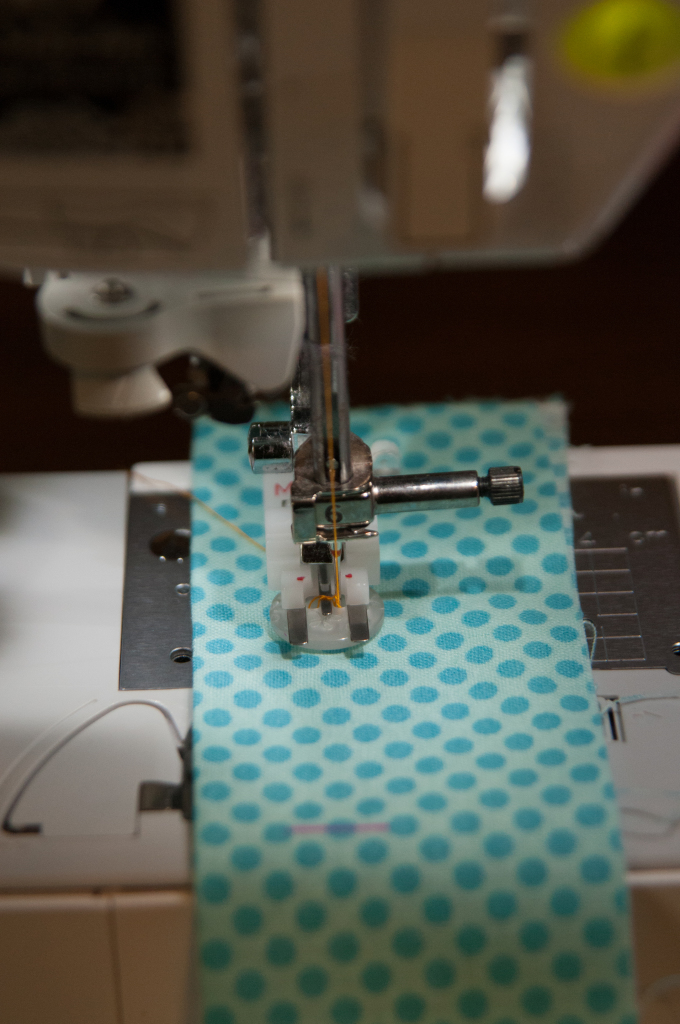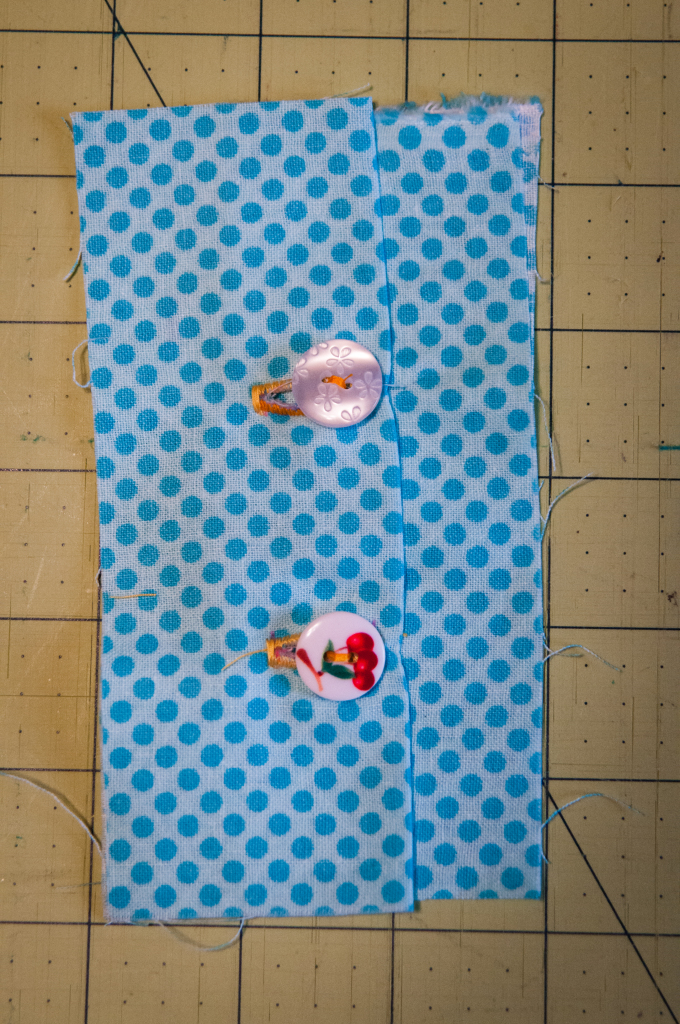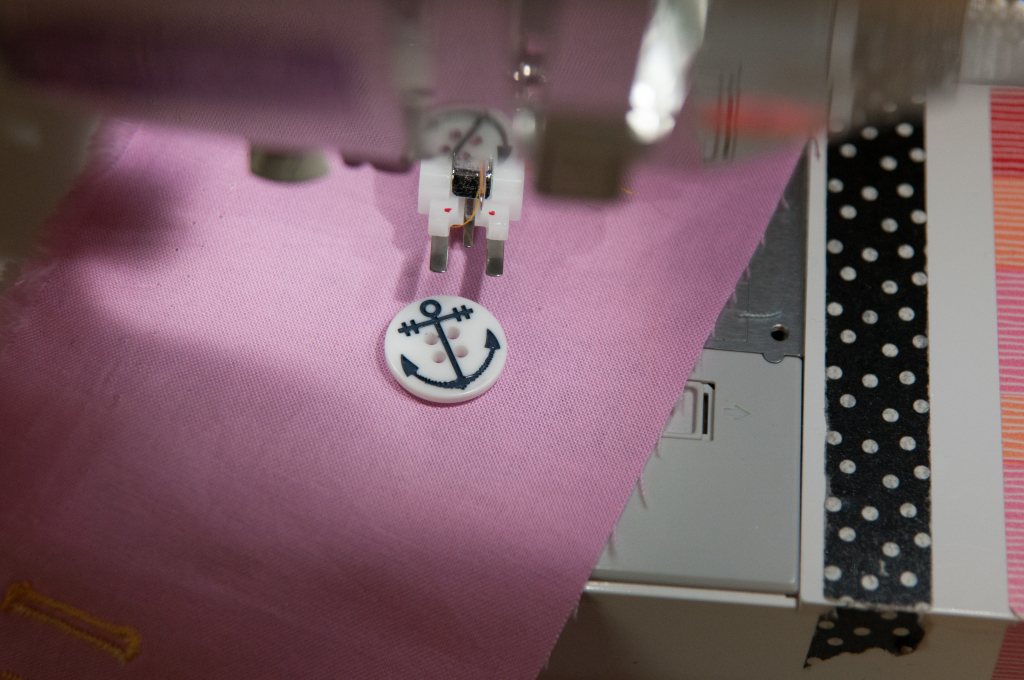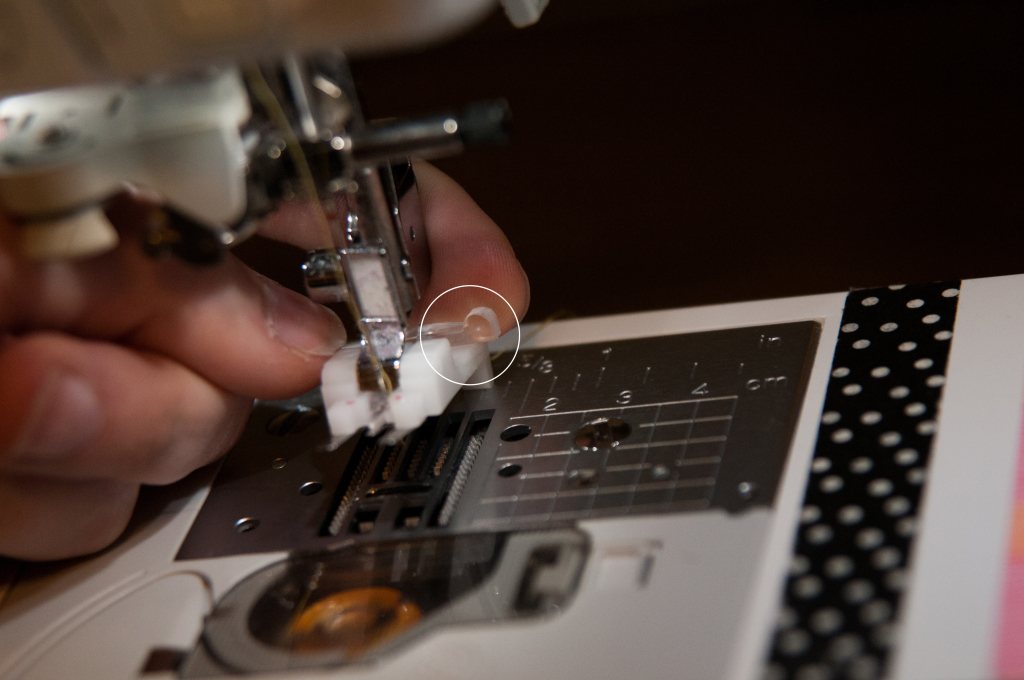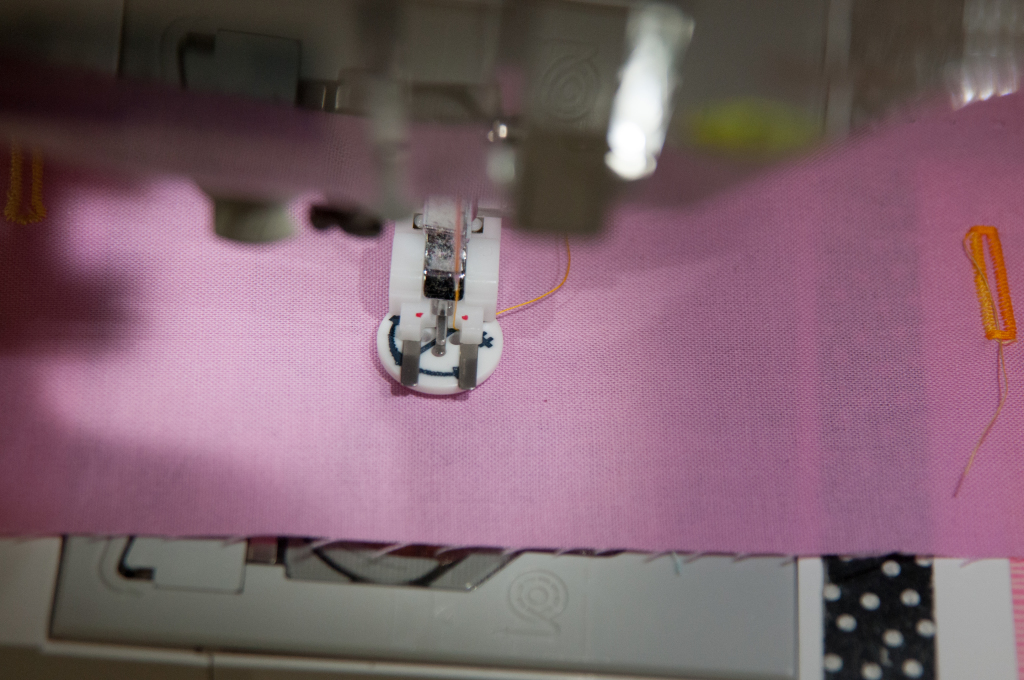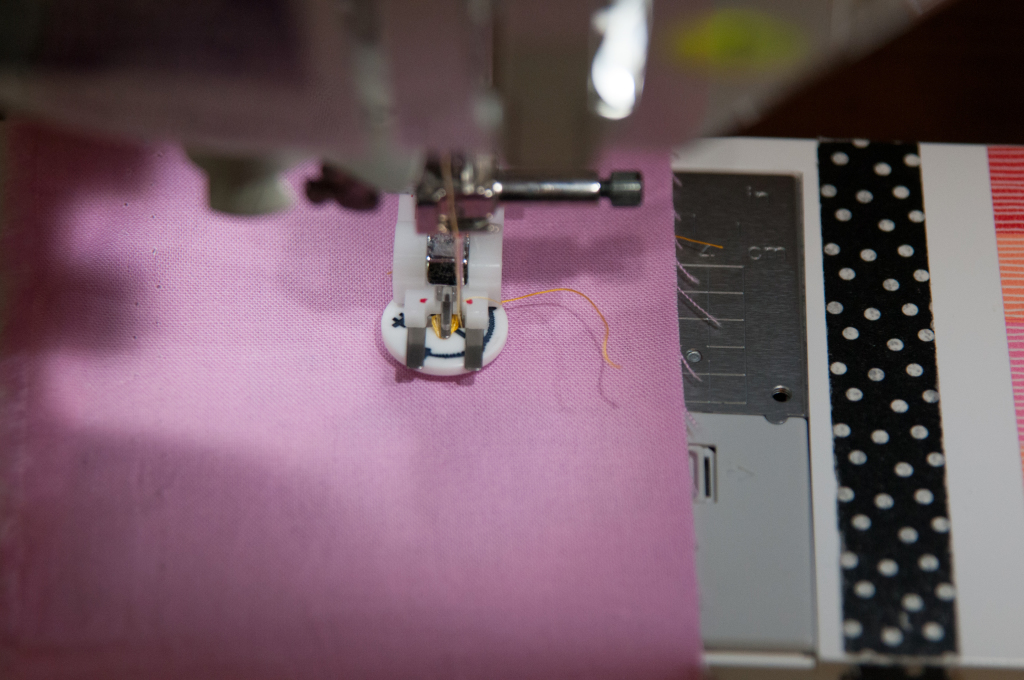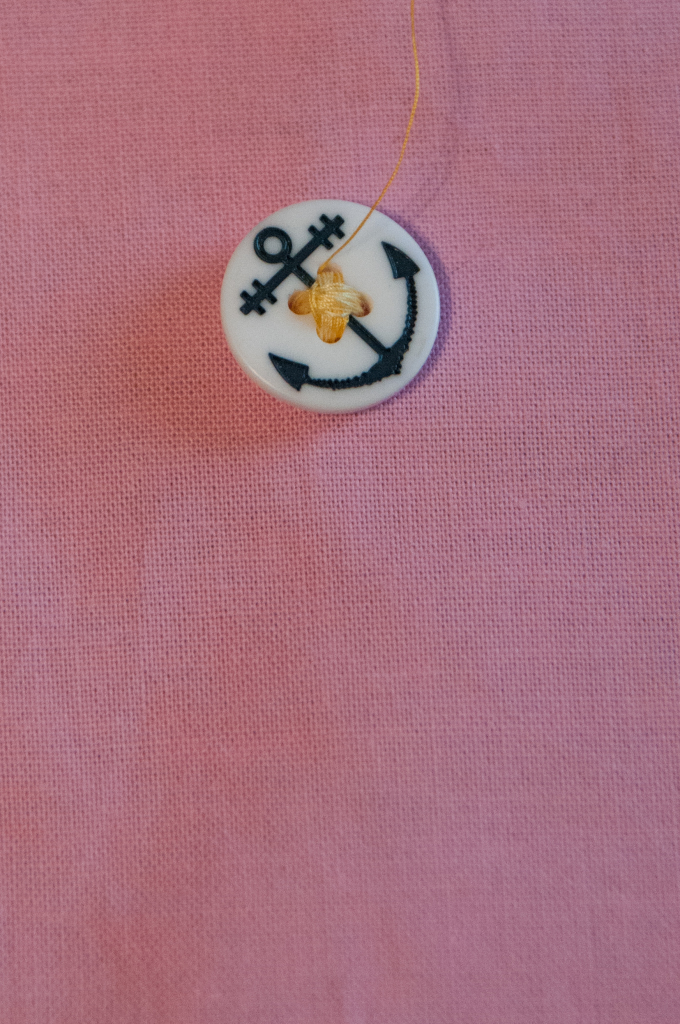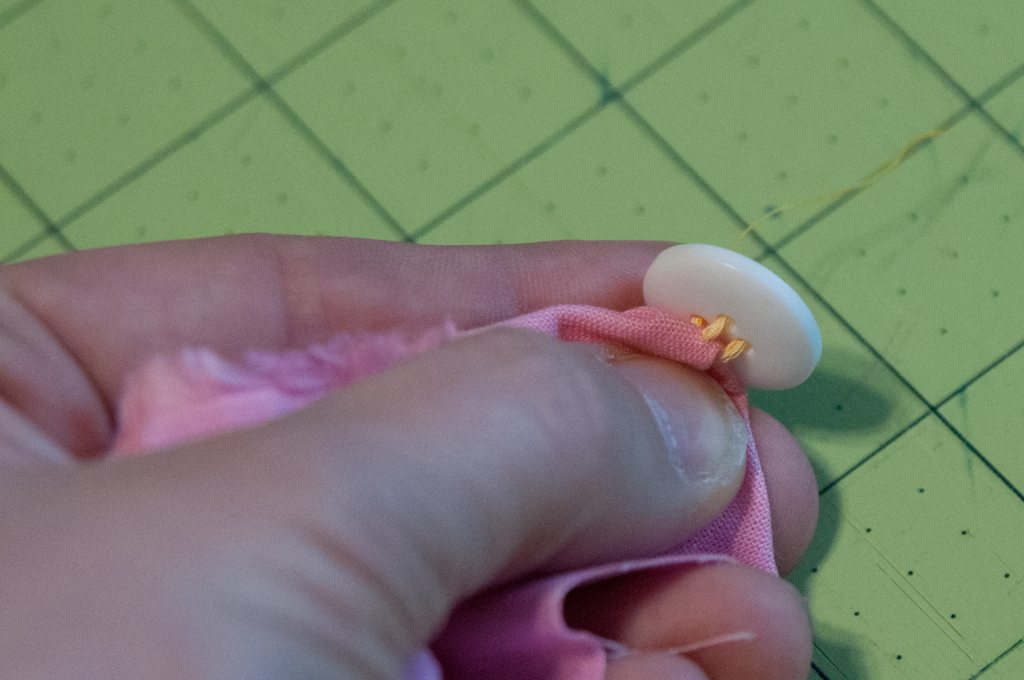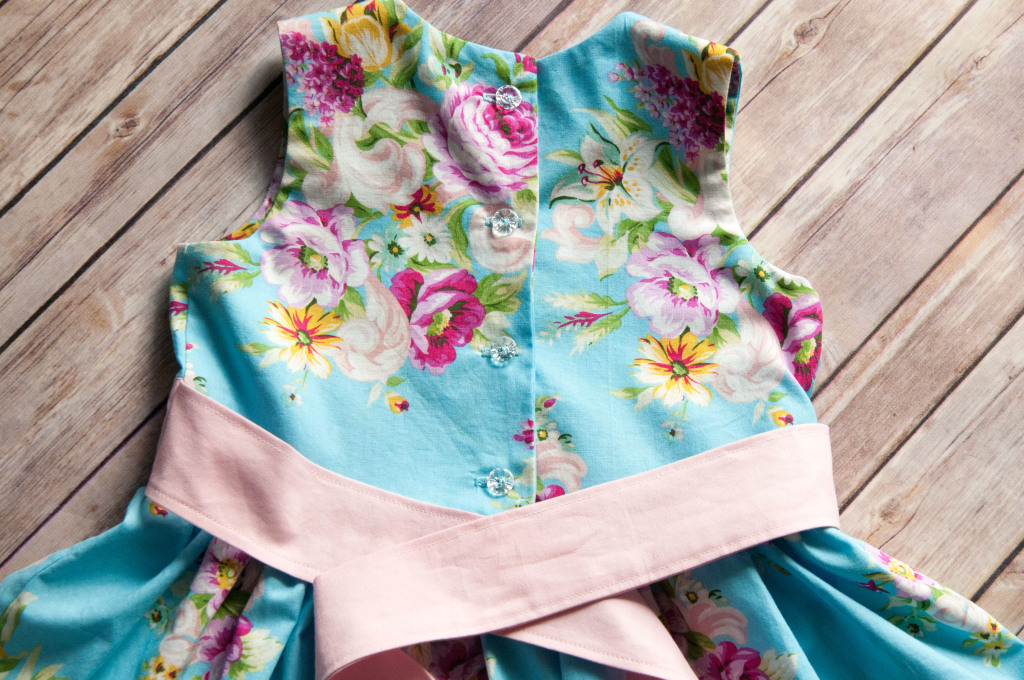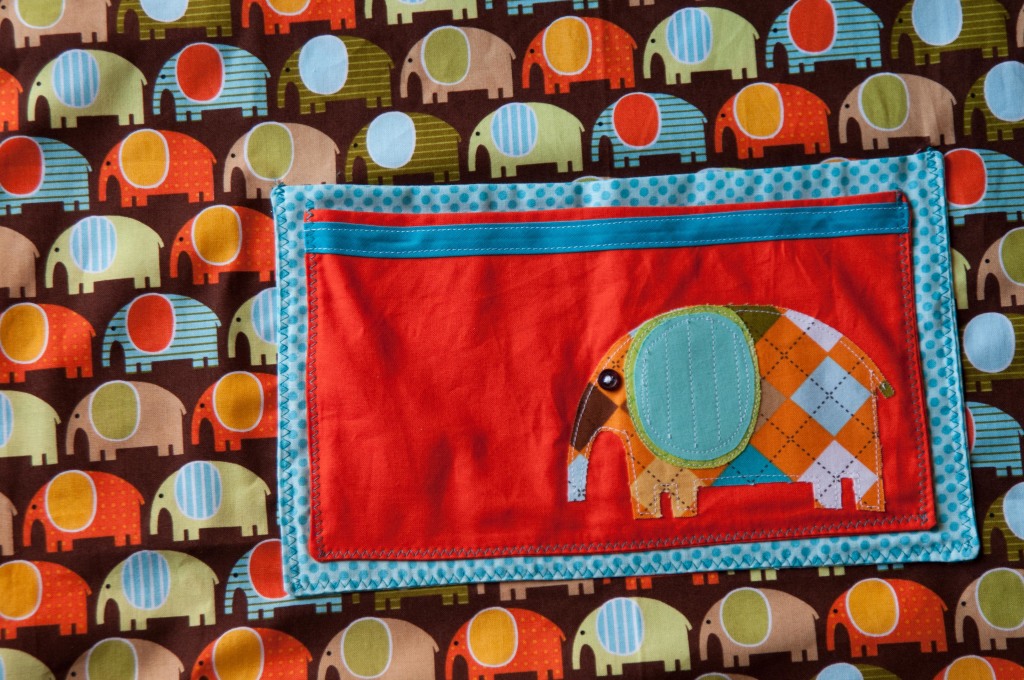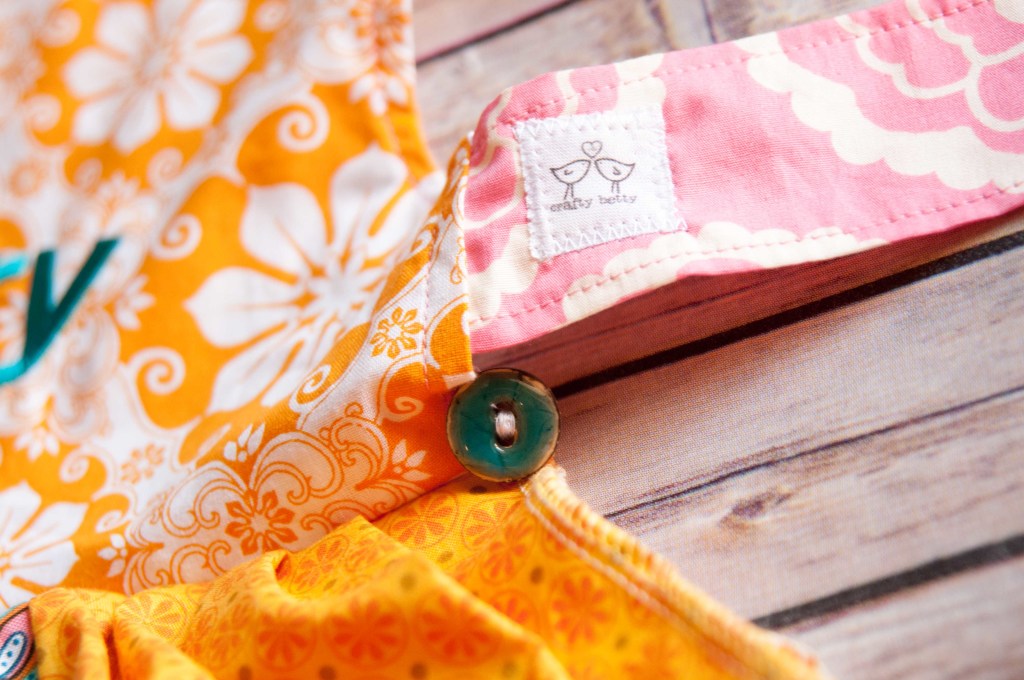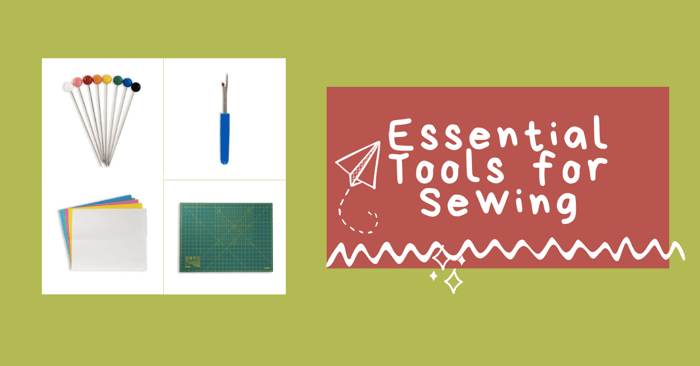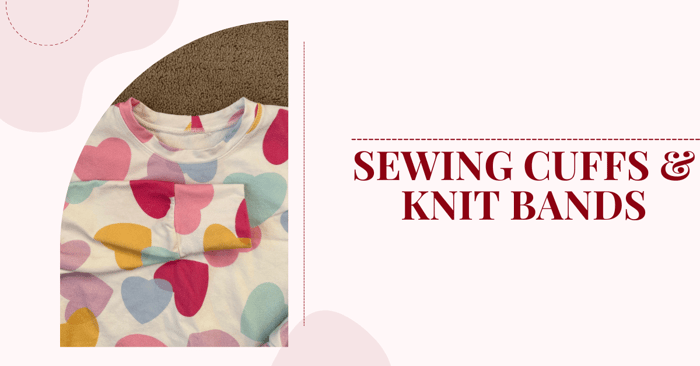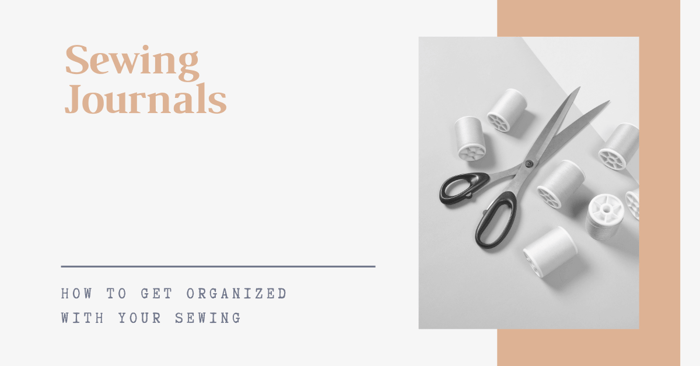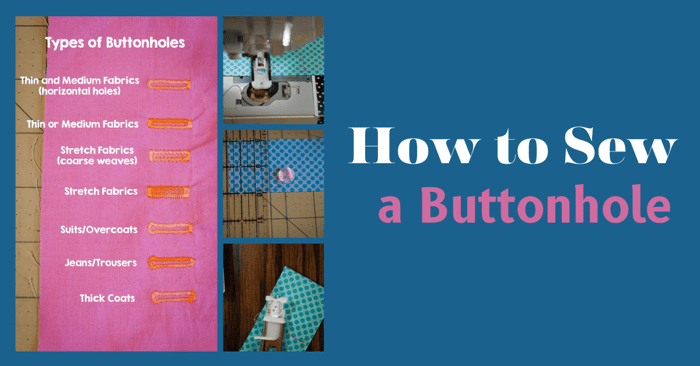
How to Sew a Buttonhole | Sewing Buttonholes
Today, we’re going to go over the specifics on how to sew a buttonhole into fabric with a sewing machine.
Sewing buttons used to be intimidating for me, but now I have some simple tricks to get my buttons sewn on just right every time! Let’s get back to basics and learn how to sew a buttonhole with this helpful tutorial! Make sure to get your practice fabric out and review how to use your specific machine for a button hole. We have a variety of sewing patterns here with the need to make a buttonhole so this is a good skill to have.
How to Sew a Buttonhole with a Sewing Machine
Each sewing machine has different settings for buttons and buttonholes. I have a Brother Innovis NX2000 and my machine is pretty automated when it comes to ways to sew a buttonhole. Your machine may have a different buttonhole setting than mine. Be sure to consult your manual if you have questions about your particular machine and what features it offers when it comes to sewing buttonholes.
Sewing With a Buttonhole Foot and Button Foot
No matter the machine, there are two sewing machine feet every sewist should have in her collection when it comes to buttons and buttonholes: The Buttonholer Foot (left) and the Button Foot (right).
As far as a buttonhole foot goes – there are different types of buttonholer feet that are used to gauge the size of a button and make and appropriately sized buttonhole with the sewing machine. These buttonhole feet, also known as step buttonhole feet, will vary somewhat from machine to machine so again – reading the manual is helpful.
After using the buttonhole foot its time for the button foot. The button foot is used to easily attach the button itself with the sewing machine and get it to fit well with the buttonhole.
Sewing a Buttonhole With Your Machine
Now, to get started, let’s work on how to sew a buttonhole. This is a very easy sew as far as your machine goes. The real issue comes with confidence and math (eek!) The best way to gain confidence and improve is to practice making buttonholes with the buttonhole stitch on your sewing machine.
Every machine makes a buttonhole a little differently and it’s imperative you know how your machine makes a buttonhole before you start on a bodice and end up in tears. *been there, done that* Now that all my buttonhole disclaimers are out there – my machine uses a little blouse symbol to get to the buttonhole menu.
To start, pick out your buttons and get your fabric pen ready to get marking. We are going to mark on your fabric where your buttonholes will go. Some patterns come with a handy little button placement guide. I tend to disregard those (gasp!) and go with the simple rule for sewing buttonholes:
- One button at the top
- One button at the bottom
- Divide the space in between the top and bottom button evenly with buttons to get the look you want
For Stella (size 6) I usually end up with four to five buttons across the back of a bodice that measures 9 inches. Remember, the size of the button will also adjust button placement.
Once you have your buttons spaced out how you like them, use your fabric pen and make a mark on either end of the button to the make buttonholes the correct size. Then draw a line connecting them. Be sure to use your ruler to get the lines closest to flap of your garment even all the way across from top to bottom. If they are uneven, the button will pull funny.
Alright, now you have the correct measurements for the buttonholes. The next step is to place one button in the little slidey part of the buttonhole foot. Yes, that is a technical term.
This part of the buttonholer foot actually determines what size your buttonhole will be. Make sure you are using a button you plan to sew to your garment (or at least a button the same size).
The next step is the scary part. Just kidding. This is not scary. You are going to practice first to be sure your machine does what you want with the buttonhole. Grab a scrap and mark your button anywhere on the scrap. Put your buttonhole foot on your machine and lower the buttonhole lever, making sure it is behind the little plastic marker on the foot.
See those marks on the buttonhole foot? They are like cross hairs. Line up the marks you made on your scrap of fabric so the line is away from you like mine.
Next, now that you’re ready to go sew some buttonholes, it’s time to chose your buttonhole style. Take a look at the type of buttonholes in the chart below. Some sewing machines have a wider variety of buttonholes that you can make.
Now – depending on your machine, it could cooperate and go away from you like you want, or it could come toward you. That very reason is exactly why you want to practice with the buttonholes and not jump right to your garment. When you push down on your presser foot, you’ll see your machine make a long column and go back and forth a few times.
The sewing typically works from left to right and will swing back around to make your selected buttonhole. This is pretty easy right?
You can either go to your garment and sew your buttonholes at this point or practice opening up the buttonhole. Using a seam ripper start on one end of your buttonhole and gently (and slowly) move toward the other side of the buttonhole.
If you are nervous you could also use a very sharp, pointy scissors to snip the center of the buttonhole slit. In either case, be careful not to go past your buttonhole and accidentally rip your garment. A good trick to prevent any accidents is to stick a pin horizontally through the end of the buttonhole so your seam ripper can’t go past that point. Alternatively, you can use sharp scissors to trim the little triangular shaped pieces near the eyelet, giving each hole a nice tear-dropped shape. Remember to use small, sharp scissors for this task and trim through one layer at a time, depending on the thickness of the cloth.
Sewing the Buttons With Your Machine
Time to line everything up with your buttonholes and add your buttons. First, overlap your garment. Be sure to consult your pattern and if nothing else make sure the overlap is as big as your button so your button will be all the way on the fabric. This is a great time for a fit test to make sure the garment will be the right size. Using your fabric pen mark through the buttonholes.
Next, pop your buttonhole foot off and add your button foot. You will need to adjust your settings on the machine back to button sewing. My button foot has those cross hairs again. You want to line up the holes of your button to the dots on the foot.
Use the manual wheel on the side of your machine to slowly lower your needle so you don’t jab the needle into the button when you get sewing. If it lines up – great. If not, do a little adjusting until it does before you get sewing.
When you press down with your foot pedal the needle will jump from side to side over the little silver bar in the middle of the foot. When it’s done, it will tie a knot in the thread and you just clip the thread.
Alright, the next step is to sew all of the buttons. Stitch on all your buttons and try them out! Mine are a little wonky because nothing is actually sewn down (like a real garment would be).
But what if my button is a super cute anchor and it has four holes and I want to sew it onto a jacket? No worries. You will do the same steps just adjust your button to be diagonal and use the adjuster on the foot.
This little slider makes your button a little more loose so it will toggle and make room for thicker fabric.
See how it’s lined up diagonally?
Now flip it the other way and use the threads already sewn down as a guide.
Tada!
And look at all that room!
Learning how to sew a buttonhole is easy once you get a little practice under your belt. Remember, buttons can serve a function but they can also be decorative. Since learning how to use my machine’s button features, I have found new excuses to put buttons on projects. And – buttons can be so pretty! Here’s a few of the buttons I’ve put in:
What's a standard buttonhole length?
Buttonhole length can vary depending on the garment and personal preference, but there are some general guidelines to consider. A standard buttonhole length is typically around 1 inch to 1.5 inches in length. This allows enough room for the button to pass through comfortably without being too tight or too loose. However, it's important to note that certain factors such as fabric thickness and button size may influence the ideal buttonhole length. It's always a good idea to test out different lengths on a scrap piece of fabric before sewing buttonholes on your final garment. By doing so, you can ensure that your buttonholes are functional, durable, and aesthetically pleasing.
Are There Other Ways of How to Sew a Buttonhole?
Of course. There's even buttonhole cutter tools around - basically a wooden block and a little chisel and hammer is you want to get a precise cut without a seam ripper or scissors in there. Here's a Helpful YouTube Video to show you how that works.
How do you measure and mark a buttonhole on fabric?
To measure and mark a buttonhole on fabric, first determine the button's size. Add a buttonhole allowance to this measurement, usually 1/8 to 1/4 inch. Mark the buttonhole's length using a ruler or buttonhole gauge. Use chalk or a disappearing ink pen to mark the buttonhole's placement on the fabric.
Now you know how to sew a buttonhole. If you need further help with your sewing projects, come join our Peek-a-Boo Pattern Shop Facebook Group and follow us on Instagram and Pinterest. Happy Sewing!
